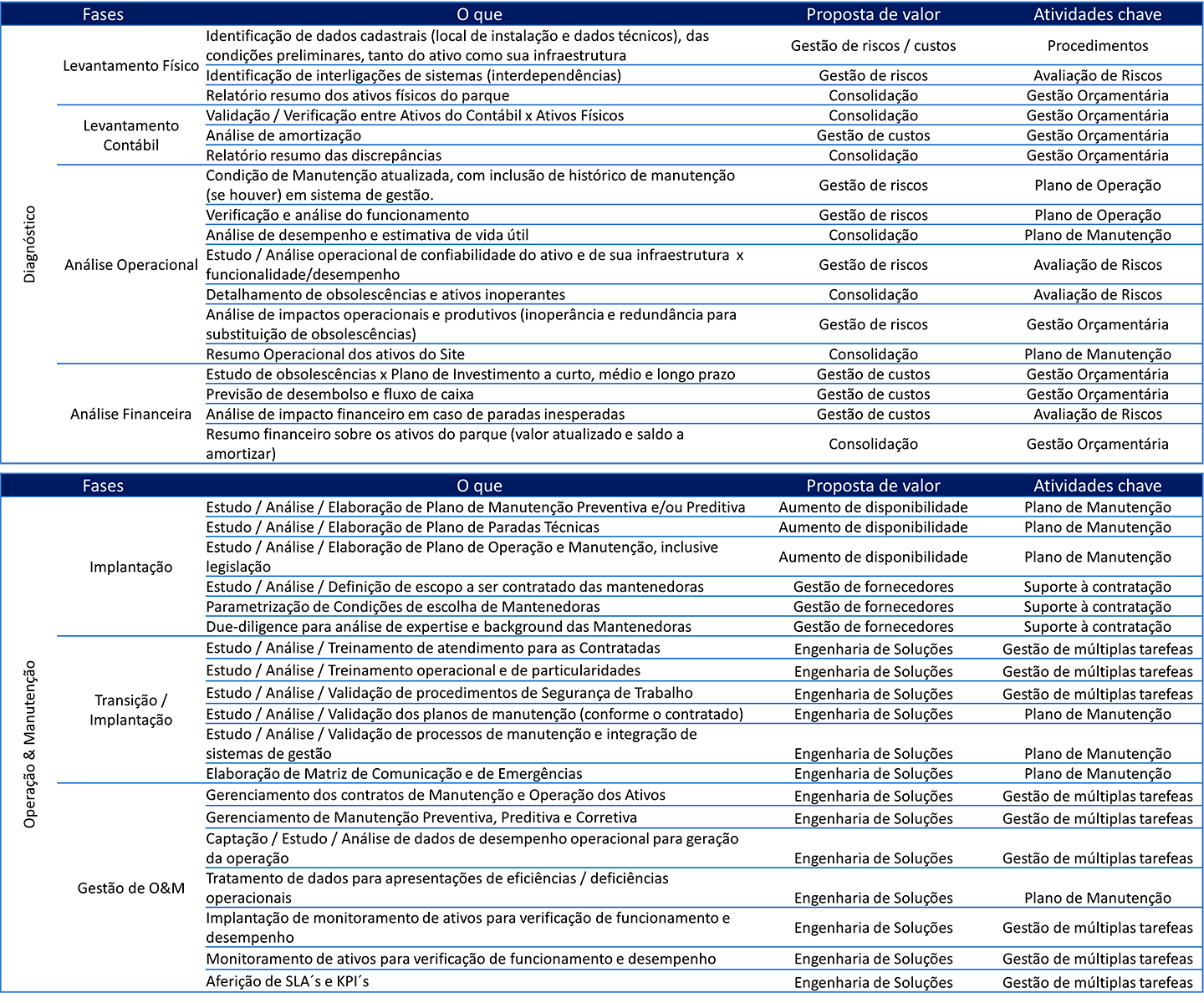Fauna monitoring programs are usually required by environmental agencies to measure and mitigate impacts on faunal communities during the implementation and operation of projects. Some of this monitoring may be focused on specific faunal groups. The need to develop such programs is related to the impacts to which populations of a certain group of species may be subject when implementing and operating an enterprise. Such impacts can be more or less significant for a given group, depending on the typology of the enterprise.
Programs focused on the installation of beacons for avifauna have become requirements of environmental agencies in recent years, for transmission line projects, from the instrumentalization by normative instructions at the federal level. This type of enterprise directly affects bird life, which can collide with high-voltage cables – in particular, smaller-caliber cables such as lightning rods and OPGW – and die, as they represent a new obstacle that may not be seen during the flight, in time to allow the diversion. Some species are particularly susceptible to collision, such as gregarious ones, that is, those that move in flocks, migratory and predatory: although they see very well, they cannot deviate in a timely manner due to the speed of flight. To mitigate this impact, avifauna beacons are installed – artifacts to make the cable more visible to the species.
This type of monitoring usually includes a preliminary phase of identification of the areas where these species occur along the transmission lines – in general, large wetlands. Next, the beacons are installed and, subsequently, their efficiency is monitored.
Another specific program, also focused on avifauna, is the monitoring of the conservation of raptors (birds of prey). This type of program, due to its specificity, is proposed under very particular conditions and adds the possibility of impact of the collision of species with the transmission line and the occurrence of very preserved environments, with a high concentration of forest predators in the project’s layout. These species, located at the top of the food chain, are extremely important for the ecosystem and need special attention given the possibility of affecting population indices resulting from the sectioning of forests and shock with transmission lines.
The Concremat Ambiental team develops these programs with excellence, in the most diverse phytophysiognomic and landscape conditions, from savannah to forest areas, promoting specific analysis methodologies aimed at the assertive mitigation of the impacts identified in the enterprise. This analytical differential allows an effective return in favor of the conservation of the monitored fauna species, allowing the identification and mitigation of impacts in a more effective way. Also, when appropriate, it promotes partnerships with academia, contributing to the construction of more realistic views on the impacts on fauna in the context of environmental licensing.













